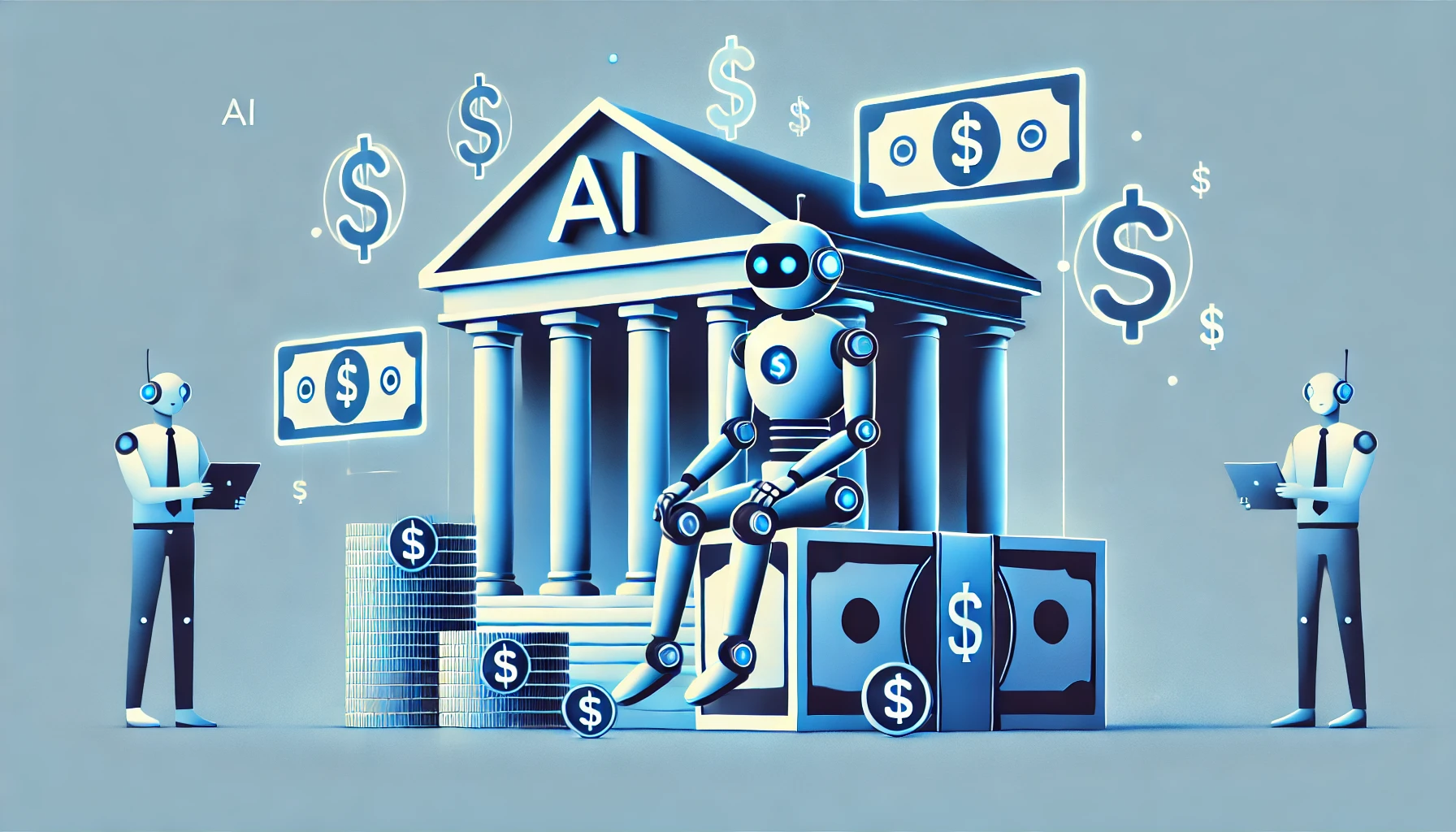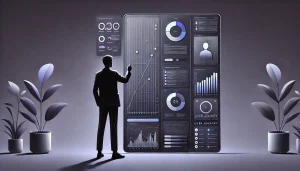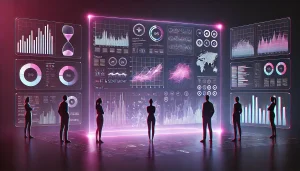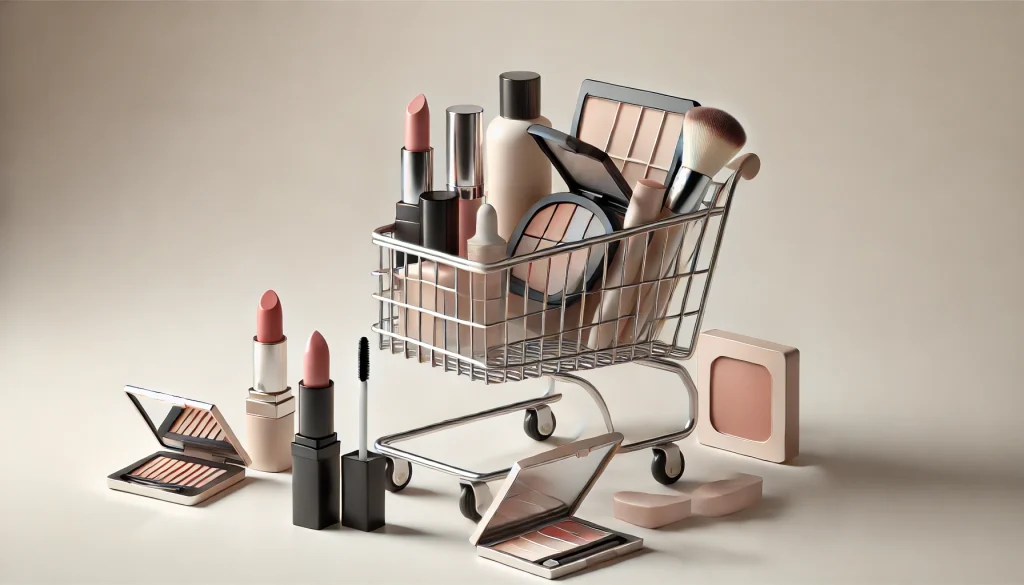
Picture this: effortlessly browsing through your favourite beauty products, finding the perfect shade with a tap, and discovering skin care tips tailored just for you—all thanks to cutting-edge UX innovations. Welcome to the future of beauty shopping!
In this blog , we will dive into understanding how various beauty brands have redefined beauty shopping, through digital platforms like Amazon and Flipkart creating smart designs and transforming your beauty shopping experience!
WHAT’S INSIDE?
- Rise with UX Fame: The Story of Beauty Icons
- The Digital Marvels – Beauty Anytime, Anywhere
- Future Fab: What’s Next?
Rise with UX Fame: The Story of Beauty Icons
Maybelline: More Than Just Mascara
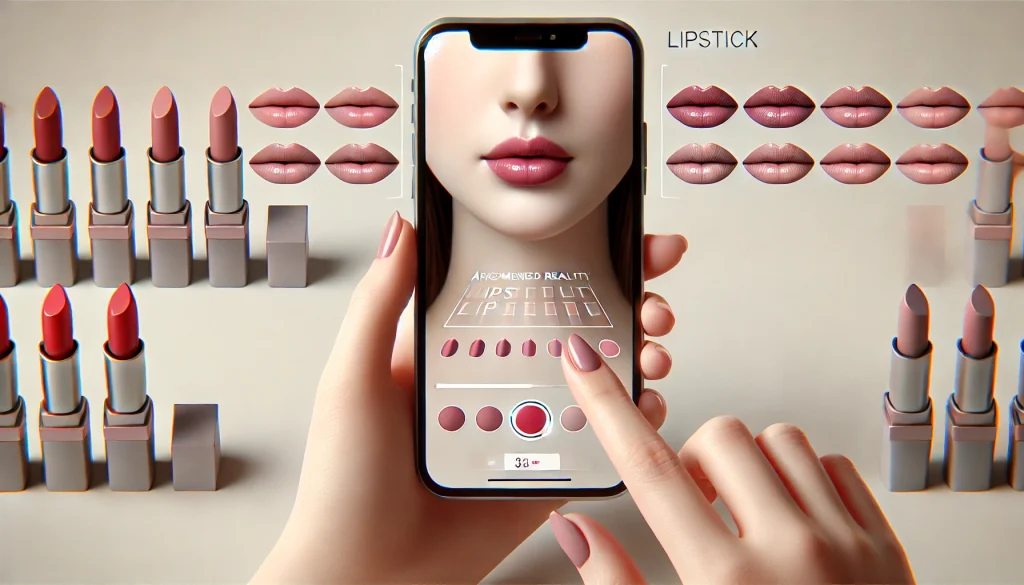
Since 1915, Maybelline has gone from a single product wonder to a global sensation. From dazzling lipsticks to flawless foundations, they’ve kept us looking fabulous right?
Maybelline has effectively utilised UX/UI by creating user-friendly websites and apps with features like shade finders, virtual try-ons, and personalised recommendations.The clean design, easy navigation, and quick load times ensure users can find what they’re looking for without any hassle. Whether you’re searching for a specific product or browsing new arrivals, the layout is straightforward and user-friendly.
L’Oréal: Global Beauty Powerhouse
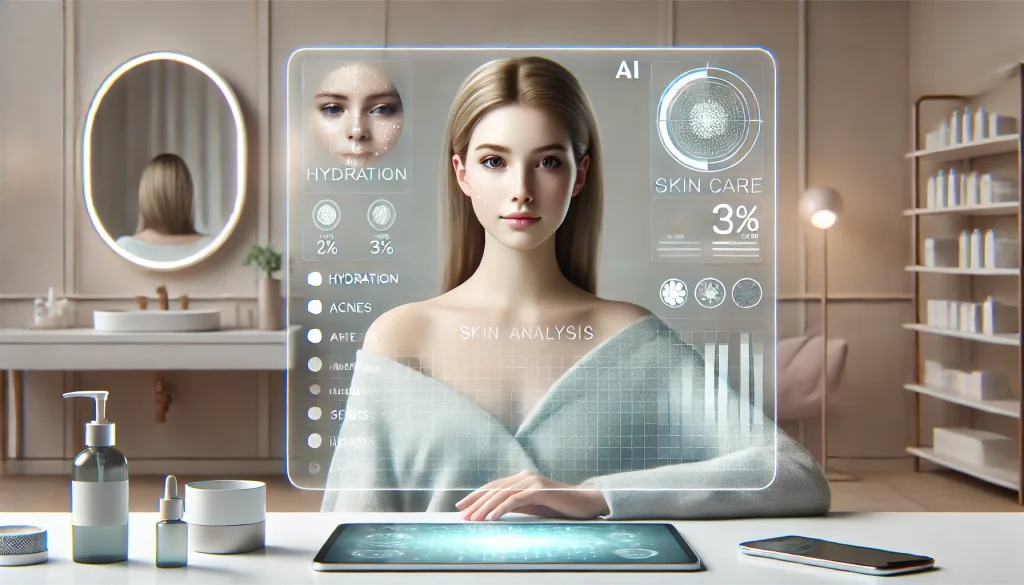
L’Oréal has transformed the beauty shopping landscape with its commitment to innovation. Through UX/UI enhancements like AI-driven skin diagnostics and personalized beauty advice, L’Oréal has made it easier for customers to discover products tailored to their needs. Also, L’Oréal has integrated voice search capabilities into their app, allowing users to browse products and access information hands-free.
Kjaer Weis: Where Eco-Chic Meets Engaging UX
Kjaer Weis utilizes UX/UI to elevate the shopping experience for luxury organic cosmetics. Their minimalist website design and user-friendly interface emphasize product craftsmanship and sustainable packaging.
Interactive elements like virtual swatches and personalised beauty consultations enhance customer engagement while promoting the brand’s eco-friendly ethos.These brands demonstrate how strategic UX/UI design not only simplifies the shopping process but also educates consumers on sustainable practices.
The Digital Marvels – Beauty Anytime, Anywhere
Digital shopping platforms like Amazon and Flipkart use sophisticated algorithms that analyse user behaviour, including browsing history, purchase patterns, and preferences. This data allows them to provide personalised recommendations that resonate with individual tastes and needs. Whether you’re looking for specific skincare solutions or exploring new makeup trends, these algorithms anticipate your preferences, making the shopping experience more relevant and enjoyable!
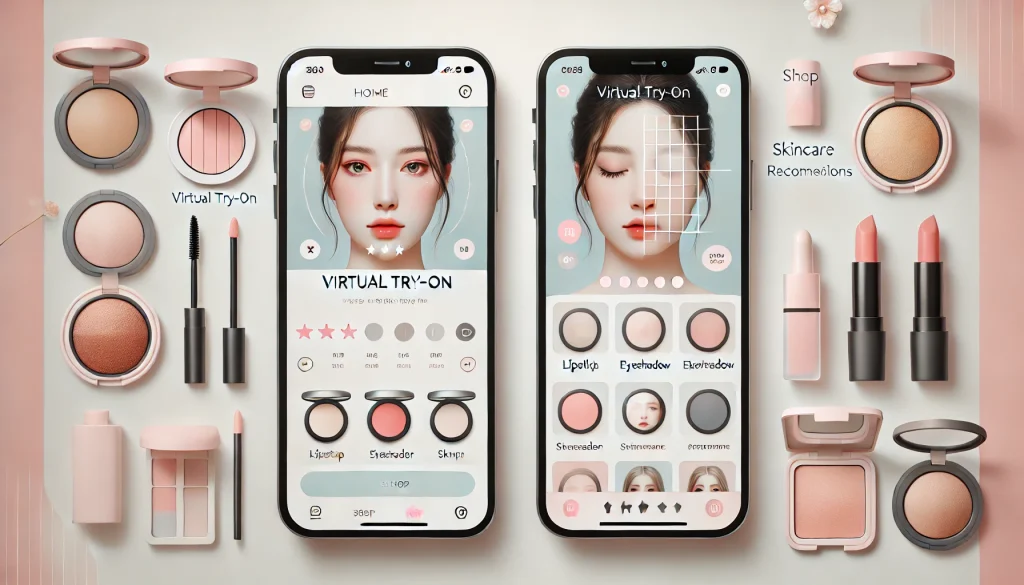
So let’s understand some of the features of how Amazon and Flipkart leverage advanced UX/UI strategies and technologies to redefine the beauty shopping experience.
- Behavioral Analytics: They use sophisticated algorithms to analyze user behavior, including browsing patterns, time spent on products, and interactions with recommendations, to tailor personalized shopping experiences.
- AI-Powered Visual Search: Integrating AI, they offer visual search capabilities where users can upload images to find similar products, enhancing product discovery and user engagement.
- Subscription Services: They offer subscription models for beauty products, where users can schedule regular deliveries based on their usage patterns, ensuring convenience and product availability.
- Augmented Reality (AR) Makeup Try-On: Through AR technology, users can virtually try on makeup products, seeing how shades and finishes look on their own photos or through live camera feeds, enhancing confidence in purchasing decisions.
Future Fab: What’s Next?
AI-driven skincare solutions are gaining popularity, with 40% of consumers more likely to trust skincare recommendations made by AI.
The Beauty & Personal Care market worldwide is projected to generate a revenue of US$646.20bn in 2024.
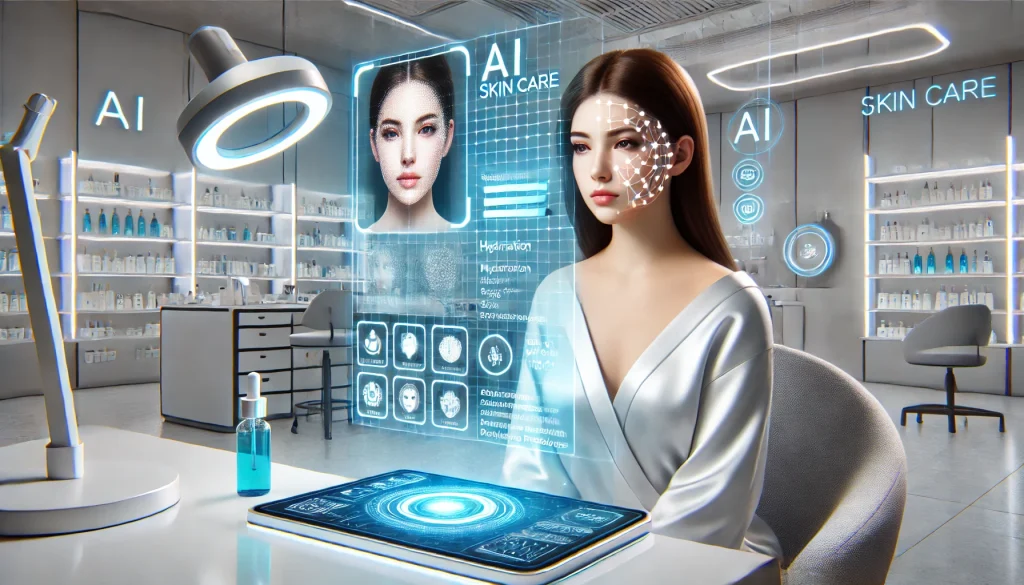
As AI evolves and e-commerce platforms innovate, the beauty industry is poised for a global transformation. Whether in Italy or India, the future promises a smarter, more connected way to shop for beauty products.
With dedicated mobile apps, digital platforms empower users to shop anytime, anywhere. Each click reveals personalized beauty discoveries, turning browsing into a journey of empowerment and self-expression. Whether at home, work, or on the go, access to a vast array of products is at your fingertips.
In essence, the future of beauty shopping redefines how we discover and embrace products in a digitally connected world.
Also read: User-Centered Emotion: The Key to Effective Design

